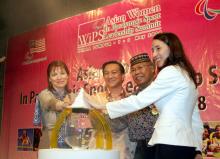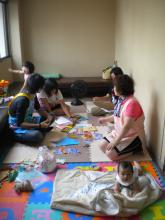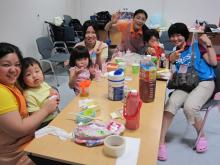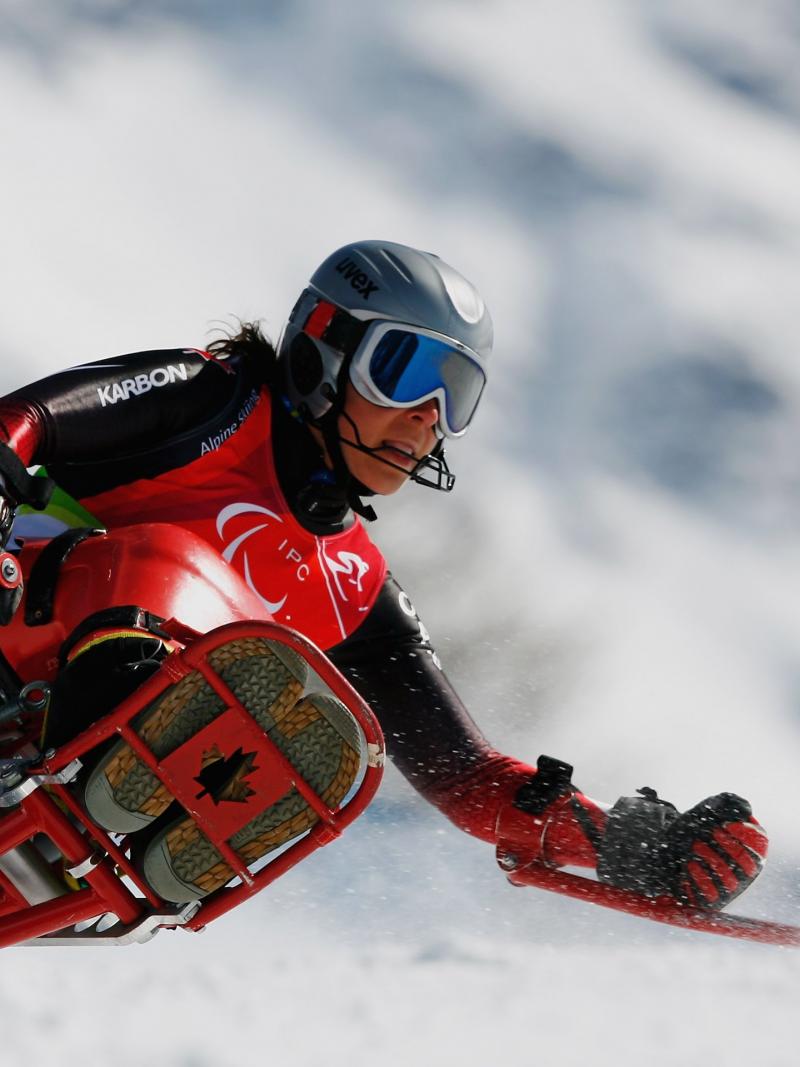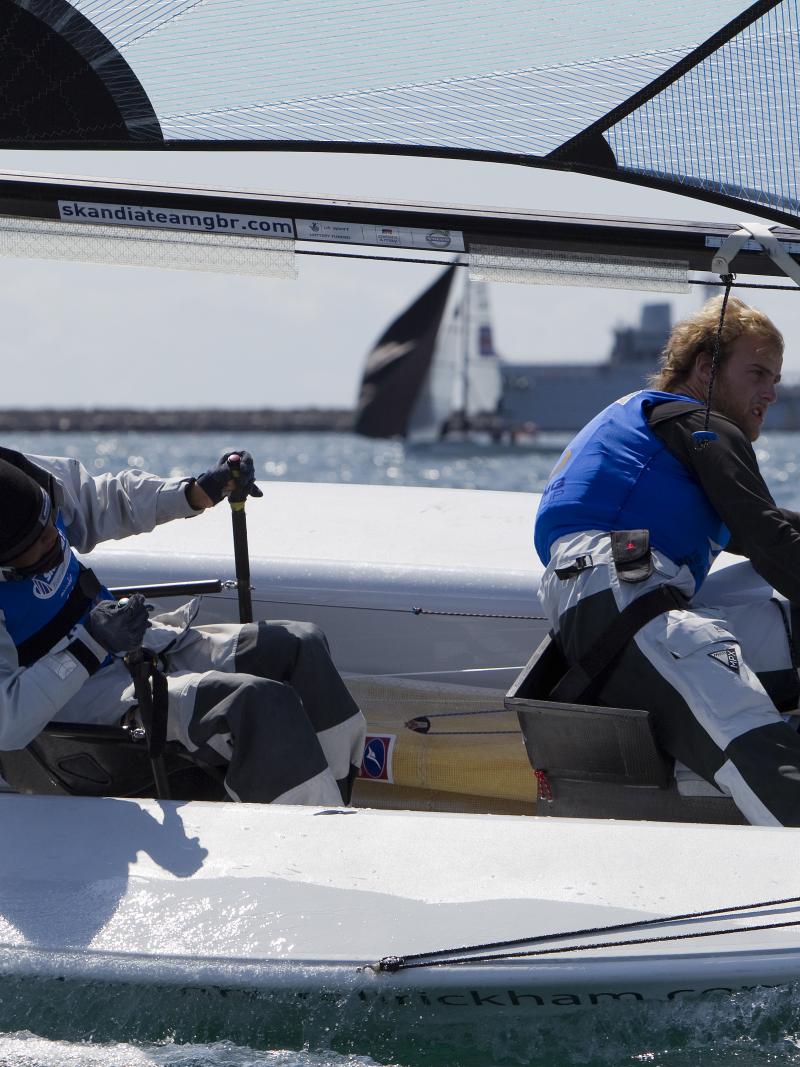IPC Development Has Successful Impact on Female Participation in Asia
In 2008 the IPC held an Asian Women in Paralympic Sport Leadership Summit in Kuala Lumpur, Malaysia. Now, almost four years on, the effects are starting to be felt in the region. 02 Mar 2012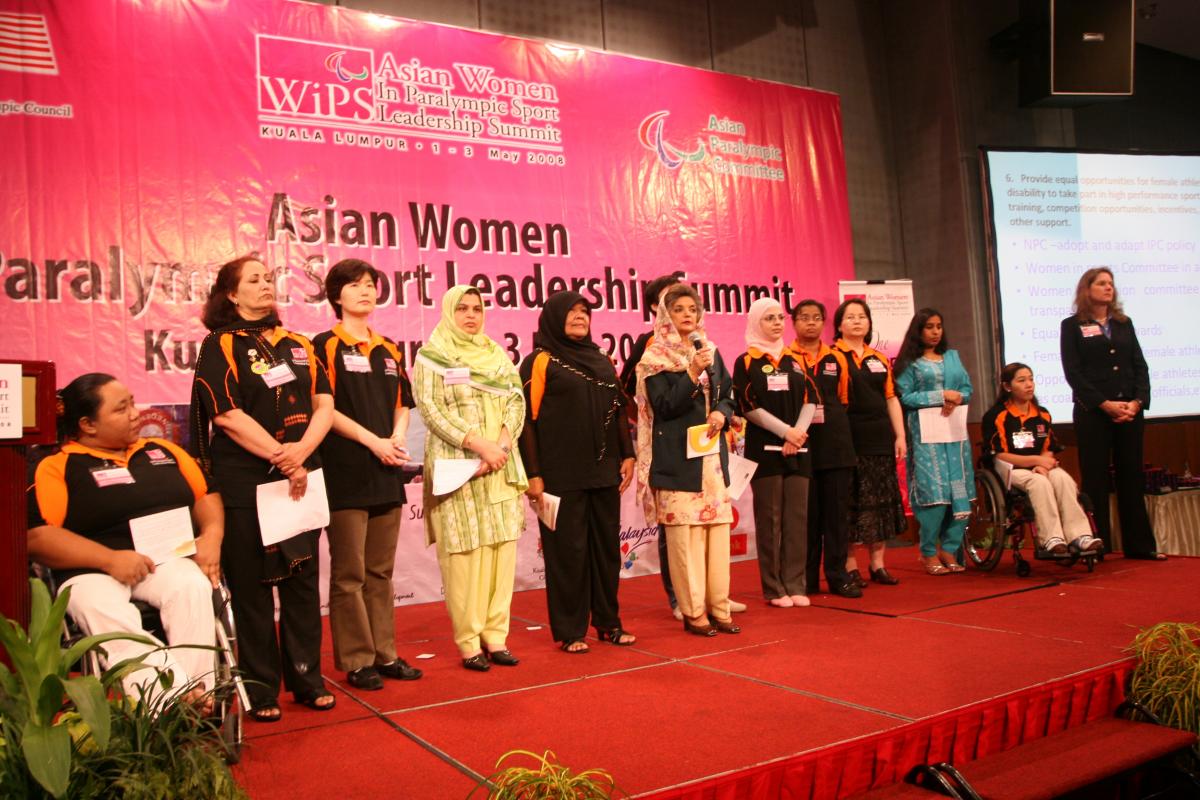
2008 Asian Women in Paralympic Sport Leadership Summit in Kuala Lumpur, Malaysia
“If the world doesn’t realize that women have to play a bigger part on who decides what on this planet then the world’s only going one way, and that’s down. But the Paralympic Movement isn’t because we’ve realized that and we’re going to do everything we can to support our Women in Sport Committee and to make sure we have maximal representation of women within the Movement.”
Greater gender equality within the Paralympic Movement in Asia has been one of the positive impacts of May 2008’s Asian Women in Paralympic Sport Leadership Summit in Kuala Lumpur, Malaysia.
Over 60 participants from 19 Asian nations attended the summit, whose purpose was to empower women to step forward as leaders in Paralympic Sport and train them to raise awareness on women’s issues.
Almost four years on, Tine Teilmann, Chairperson of the IPC Women in Sport Committee, says the summit has had a very positive impact in the region.
“Generally I can say that more women from the Asian region have stepped forward. We see more women participating in leadership. We see more networking between different countries in Asia and that’s something that is bringing this issue forward,” said Teilmann, which advises the IPC on gender equity issues in Paralympic Sport.
More women in management
Increasing the number of women in decision-making positions has long been a key strategic goal of the Paralympic Movement. At the 2003 General Assembly, the IPC adopted a gender equality policy, stating that all entities belonging to the Paralympic Movement were obliged to establish a goal for at least 30% of all offices in their decision making structures to be held by women by 2009.
Though many member organisations have missed the target deadline, things have been progressing.
In 2008, 17 per cent of NPC staff were women, which rose to 23 per cent in 2010.
Much of this progress, Teilmann says, is down to Leadership Summits, like the one held in Malaysia in 2008.
“All of the women created an action plan, which they took home and worked with locally. This trained them to raise awareness in their own organizations and countries,” she said
In some countries, the action plan has already been delivered. Korea, Iran, Japan and the Asian Paralympic Committee have created a Women in Sport Committee and some countries, including the Philippines, Korea and Iran, have also conducted national Women in Sport Summits.
Creating a female-friendly environment
Naoe Yasuoka, International Liaison Manager at the Japan Paralympic Committee was one of the attendees of the 2008 Summit, after which a Task Force for Research and Investigation on Women and Sport for Persons with a Disability in Japan was set up.
One of the issues that the two-year study highlighted was a lack of childcare facilities at competition venues, which made taking part difficult not just for female athletes and officials, but also for the wives of male athletes and officials.
“I believe the distinguished feature of the activities in Japan is that the Women in Paralympic Sport (WiPS) movement is not focusing only on female athletes and officials but also on wives of male athletes and officials,” said Yasukoa.
”We hope this aspect would increase more interests of male athletes and officials in the activities of WiPS and prevent them from staying on the side-lines.”
Yasukoa herself, whose husband Choke Yasuoka is a wheelchair racer, has benefited greatly from the childcare facilities.
“It is greatly helpful for me since I don't have someone who takes care of my daughter during the event (most of the time, it would be a 3-night stay).”
“My husband was encouraged to hear the voice of our daughter cheering him on from the stand.”
Giving young girls like Yasukoa’s daughter the opportunity to view sports may also have the knock-on effect of inspiring the next generation of young women to enter the Paralympic Movement.
“After attending the Kid's Room, my daughter said “I want to work for Paralympic Movement in the future" when asked her future dream. Whereas in the past she had hated the word of "Paralympic" because it took me away from her,” said Yasukoa.
JPC has also set a goal of increasing the percentage of female executives, through an education programme. At the Japan Paralympic Committee, 15.5 per cent of executives are women, which is much higher than at Japan’s Olympic Committee (5.7 per cent).
Striving for equal representation
Teilmann hopes that eventually women will make up 50 per cent of those working within the Paralympic Movement.
“In the future it would be wonderful if the Paralympic Movement could be 50-50 because that’s the population,” said Teilmann.
At the IPC Headquarters, women already make up over 50 per cent of all staff, with women comprising 21 per cent of senior management positions and 21 per cent of the IPC Governing Board. The IPC is striving to increase female representation in management.
IPC President, Sir Philip Craven, shares and supports Teilmann’s goals.
“Women see things differently than men and therefore I want to see 50-50 all through the Paralympic Movement.
“If the world doesn’t realize that women have to play a bigger part on who decides what on this planet then the world’s only going one way, and that’s down. But the Paralympic Movement isn’t because we’ve realized that and we’re going to do everything we can to support our Women in Sport Committee and to make sure we have maximal representation of women within the Movement,” said Craven.
-ends-





